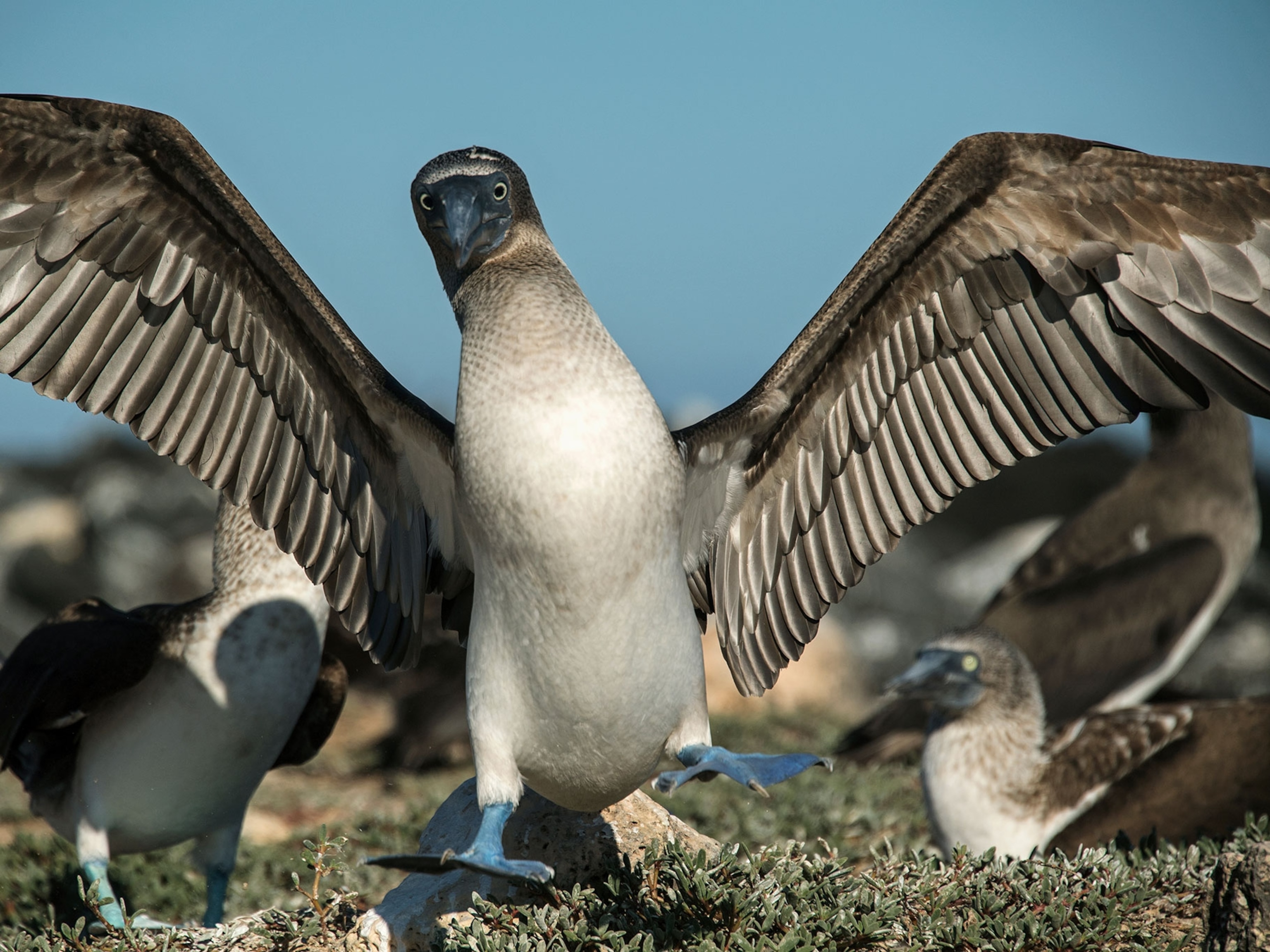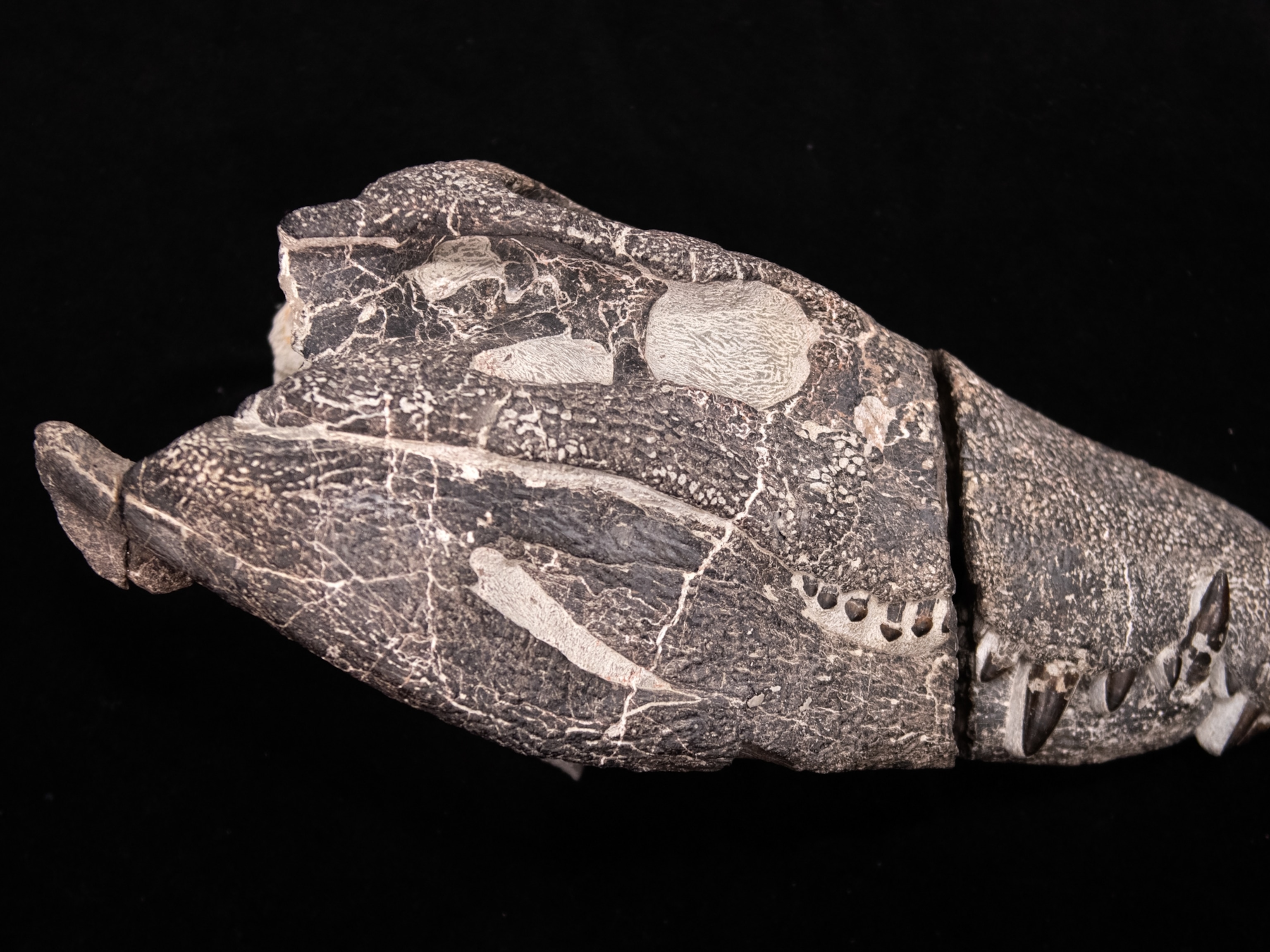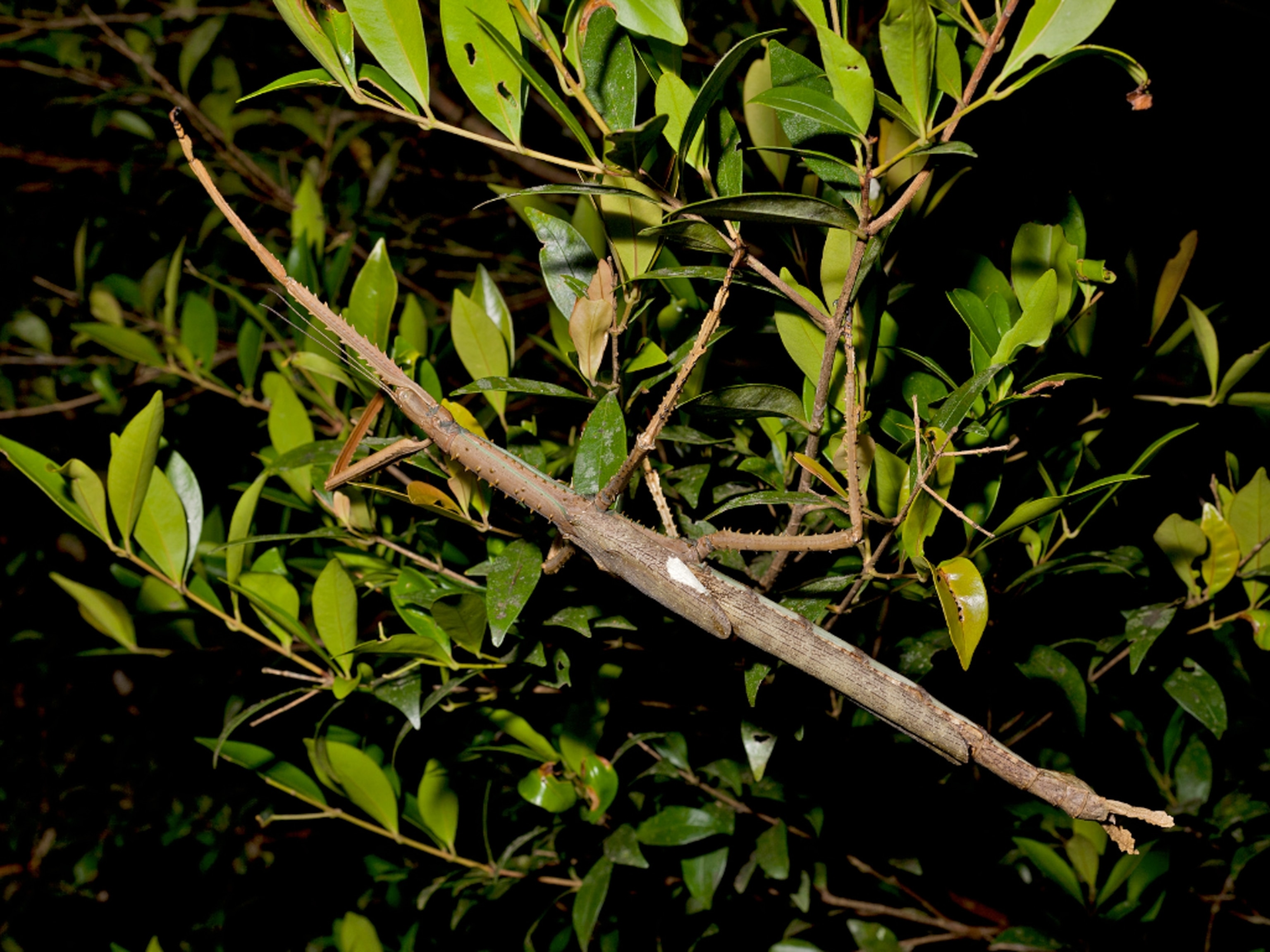
Half of all land must be kept in a natural state to protect Earth
New science says land conservation must double by 2030 to prevent dangerous warming and unravelling of ecosystems.
World leaders must increase their commitments to conserving land and water, and quickly, if a stable climate and high quality of life are to be preserved in the near future, a new scientific study argues.
Countries should double their protected zones to 30 percent of the Earth’s land area, and add 20 percent more as climate stabilization areas, for a total of 50 percent of all land kept in a natural state, scientists conclude. All of this needs to be done by 2030 to have a real hope of keeping climate change under the “danger zone” target of 2.7 degrees Fahrenheit (1.5 degrees Celsius) and to prevent the world’s ecosystems from unravelling—according to an ambitious plan called the Global Deal for Nature.
“The benefits of protecting 50 percent of nature by 2030 are tremendous,” says Eric Dinerstein, director of biodiversity and wildlife solutions at RESOLVE, a non-profit group, and lead author of a new paper published Friday in Science Advances titled “A Global Deal For Nature: Guiding principles, milestones, and targets.”
This is the first science-based plan with clear milestones on why it’s vital to achieve these goals and how it could be done, says Dinerstein. It’s not widely understood that large areas of forests, grasslands, and other natural areas are needed to soak up carbon emissions, he adds. Intact forests, and especially tropical forests, sequester twice as much carbon as planted monocultures, for example.
Only when 50 percent of the Earth’s terrestrial areas are protected, along with substantial cuts in fossil-fuel use and major increases in renewable energy, will we have a good chance of meeting the Paris climate target of less than 2.7 degrees Fahrenheit (1.5 degrees Celsius) of warming, the scientists argue. And if warming goes beyond 2.7 degrees Fahrenheit (1.5 degrees Celsius), we lose some of those natural systems and the services they provide humanity, including their ability to absorb carbon, Dinerstein says.
“We can’t have a safer climate without protecting 50 percent of the Earth and vice versa.”
“Without them, there is no us.”
“Every morsel of food, every sip of water, the air we breathe is the result of work done by other species. Nature gives us everything we need to survive,” says Enric Sala, a National Geographic Explorer-in-Residence and lead of the National Geographic Society's work as part of the Campaign for Nature, a partnership with the Wyss Campaign for Nature to inspire the protection of 30 percent of the planet by 2030.
“Without them, there is no us,” said Sala, noting that we are losing “them” at an accelerating rate and are close to a tipping point.
“If we had to manufacture our own oxygen it would cost 1,600 times the entire global GDP—if it were even possible,” said Sala, who is a co-author of the Global Deal for Nature study.
Countries have already committed to protecting 17 percent on land and 10 percent of the oceans by 2020 under the Convention on Biological Diversity (CBD). Yet most countries are not on target to meet the 2020 goals. The U.S. is not a signatory to the convention. The head of the CBD, Cristiana Pașca Palmer, has said half of the world must be protected and nations will consider this proposal at a major meeting in China in 2020.
The authors of the new Global Deal for Nature study lay out how the 30 percent protection could be reached in 67 percent of Earth’s 846 terrestrial ecoregions by 2030. Others would need some restoration.
Notably, these are not meant to be “no go” areas, but rather areas protected from resource extraction and land conversion. Sustainable uses would be permitted in all but the most sensitive areas. Communities around protected areas are generally better off than those farther away, recent research in 34 developing countries has found.
Saving land for climate
Climate stabilization areas are lands that are currently intact but largely outside of the traditional protected area system. Governments only need to prevent activities that impact their natural function. Since 37 percent of all remaining natural lands are indigenous lands, it is crucial they are supported in the Global Deal for Nature, the study said.
Although the Global Deal for Nature is focused on land, the study authors support the International Union for the Conservation of Nature (IUCN) and its member organization’s call for 30 percent protection of the oceans by 2030. The world’s coral reefs are already suffering with just 1 C of warming, the team notes. Scientists fear few will survive should temperatures exceed 2 C. Yet corals aren’t just colorful to look at, they are the nurseries for much of the ocean’s fish and other marine life on which one or more billion people depend.
“The Global Deal for Nature is an ambitious, radical call to action to protect nature,” says Justin Winters, executive director of the Leonardo DiCaprio Foundation, who was not involved with the study. However, the goal of protecting half the planet is not going to happen without public understanding and involvement, she adds.
In 2017, the foundation launched One Earth Initiative to help create a vision of the future based on 100 percent renewable energy, protection and restoration of 50 percent of the world’s lands and oceans, and a transition to regenerative agriculture.
The foundation is working on showing how our wellbeing is connected to nature, Winters said. “We hope to inspire people to take action.” Actions can take many forms, she notes, from helping get kids outside to transforming a lawn into a wildlife garden to marching in protests and civil disobedience.
Climate change, loss of species, and ecosystem decline have spawned a new protest movement called Extinction Rebellion. It’s a loosely organized international network using “non-violent direct action to persuade governments to act on the climate and ecological emergency.” Dozens of protests have been held in 25 countries since its launch on October 31, 2018 in London, England.
The costs of conservation
Taking the necessary nature conservation measures to protect half the Earth could cost around $100 billion per year, the study estimates.
The money is there, but only if people understand the need, Sala says. He notes that nearly a billion dollars was pledged to rebuild France’s Notre-Dame Cathedral less than two days after a devastating fire. The U.S. Federal Reserve bank bailout in 2009 amounted to more than $29 trillion, according to one study. A trillion is a thousand billion, so 29 trillion dollars could fund 290 years of conservation efforts that protect half the Earth and help stabilize the climate.
The economic benefits of such an investment in nature could be in the trillions of dollars, studies show. Perhaps more importantly, we don’t really have a choice, says Sala.
“We have just ten years to save ourselves.”


























































